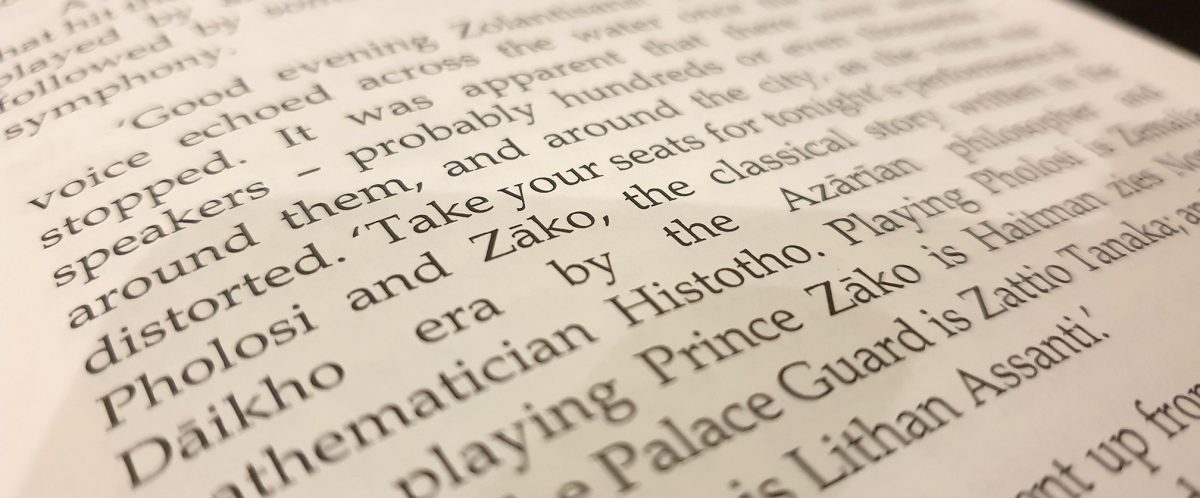It’s been both a productive and unproductive week for writing.
I had my second vaccine dose this weekend. When I had the first dose, for the following two days I was extremely tired – particularly on the day immediately after it. This time it was the same – I had the jab on Saturday, and on Sunday I was completely knocked out – I could hardly move – I was completely shattered. I don’t think I was awake for more than two or three consecutive hours the whole day. And then Monday was mostly the same – until very late in the evening, when I started to get more energy again.
So effectively the whole weekend – that huge block of valuable time when I had been planning on focusing entirely on writing and related things – was just gone.
Despite that, there have been other small islands of time when I’ve been able to do things. Early last week I re-recorded the entirety of Fluncg the Indignant for the audiobook. It was very quick to do. (I’ve done it so many times now.) I did change the voice of Fluncg ever so slightly again, but it really wasn’t much – I just changed the way the gravelliness comes through in it a bit. The result is that it emphasises Fluncg’s arrogance and over-drama a bit more, which is fun.
I began editing that audio, but I haven’t finished – there’s still quite a bit to do. But … if you get into it, you can get through a lot of the editing fairly quickly – maybe I’ll be able to finish it this weekend.
The voice of Fluncg is enormous fun to do. (The voices of all the trolls are. I think my favourite of the ones published so far is probably that of Gogog. But the one I’m really looking forward to doing is that of the head of The Company, from More On The Subject Of Trolls. I’ve known that voice for years, and it is endless fun. It’s a completely full-body voice.)
I have also done more planning of Project 201811 this week – that’s been extremely useful. There’s lots of funny stuff going into that. If I ever write and finish the whole thing, that will probably be my funniest story.
And I have also written more of OTSOT 3 – about 1500 words – which doesn’t sound like a lot, but the OTSOT stories, being short stories, tend to cut out a lot of the … not ‘filler’ but sort of ‘adjacent’ material that you often find in novels. The stories in OTSOT often really try to avoid anything that isn’t directly relevant to the moral of the story. And so a lot can happen in 1500 words.
Also, with a much clearer outline for this story, writing it has become a lot easier – the value of planning is revealed yet again. It should be quite easy to finish it now, leaving one story left in OTSOT 3 to finish.
I have a great many three-day weekends lined up over the next few months. This is something I’ve done for many years in order to maximise my productivity on things I’m doing – arrange to have as many three-day weekends as possible. It’s amazing what one extra day can do.
